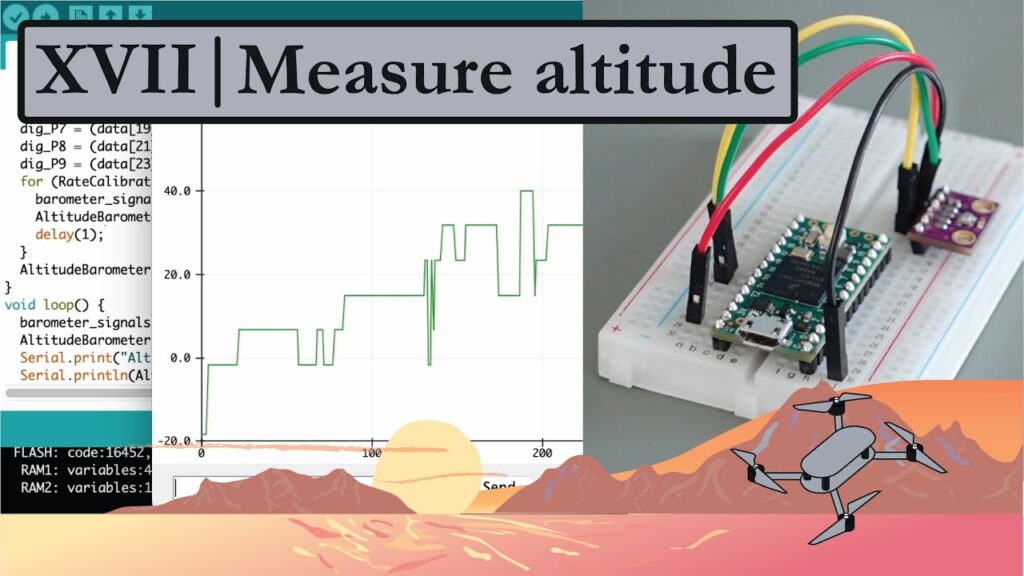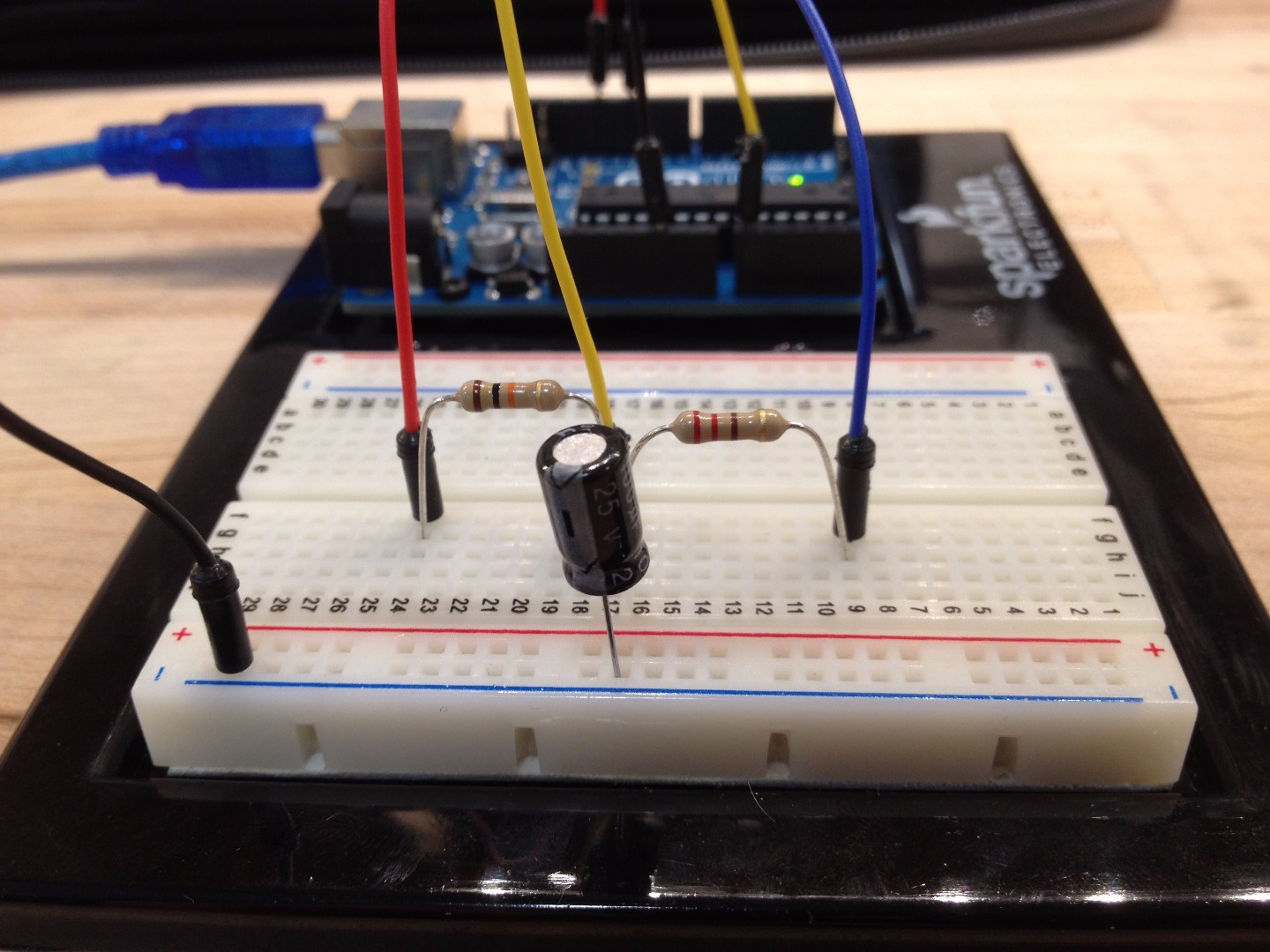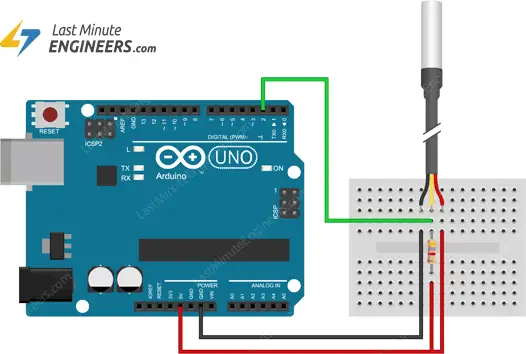How to Measure Altitude with a Barometric Sensor
Are you an outdoor enthusiast looking to measure altitude for your next adventure? Or perhaps a tech-savvy individual curious about how barometric sensors can help you track your elevation? Look no further! In this article, we will explore the fascinating world of barometric sensors and delve into the step-by-step process of measuring altitude using this innovative technology.
Understanding Barometric Sensors
Before we dive into the specifics of measuring altitude, let’s first understand what barometric sensors are and how they work. Barometric sensors, also known as barometers, are electronic devices that measure atmospheric pressure. Changes in atmospheric pressure can help determine changes in elevation, as pressure tends to decrease with increasing altitude.
Barometric sensors are commonly used in altimeters, devices that measure altitude above a fixed level, such as sea level. By accurately measuring atmospheric pressure, barometric sensors can provide valuable data for hikers, climbers, pilots, and even meteorologists.
Measuring Altitude with a Barometric Sensor
Now that we have a basic understanding of barometric sensors, let’s explore how to measure altitude using this technology. Here are the steps you can follow:
- Calibrate the barometric sensor: Before you start measuring altitude, it’s important to calibrate your barometric sensor to ensure accurate readings. This may involve setting the reference altitude or adjusting the sensor’s settings according to the manufacturer’s instructions.
- Record the current atmospheric pressure: Take note of the current atmospheric pressure at your location. This value will serve as a reference point for calculating altitude changes.
- Calculate altitude change: By comparing the current atmospheric pressure with the reference pressure, you can calculate the change in altitude. As a general rule, for every 8 meters increase in altitude, the atmospheric pressure decreases by 1 hPa (hectopascal).
- Adjust for temperature and weather conditions: Keep in mind that temperature and weather conditions can affect atmospheric pressure readings. Make adjustments accordingly to ensure accurate altitude measurements.
- Monitor altitude changes: As you move to different locations, monitor the changes in altitude using the barometric sensor. This can be particularly useful for hiking, climbing, or flying activities where knowing your exact elevation is crucial.
Benefits of Using a Barometric Sensor for Altitude Measurement
There are several benefits to using a barometric sensor for altitude measurement:
- Accuracy: Barometric sensors can provide accurate altitude readings, making them a reliable tool for outdoor activities.
- Portability: Barometric sensors are often compact and lightweight, making them easy to carry on adventures.
- Real-time data: With a barometric sensor, you can quickly track changes in altitude as you move to different locations.
- Cost-effective: Barometric sensors are relatively affordable compared to other altitude measurement devices, making them accessible to a wide range of users.
Whether you’re a seasoned mountaineer or a tech enthusiast, measuring altitude with a barometric sensor can enhance your outdoor experiences and provide valuable insights into your surroundings. So why wait? Grab a barometric sensor and start exploring the world from a whole new perspective!
Remember, safety should always be your top priority when engaging in outdoor activities. Plan your adventures carefully, stay informed about weather conditions, and use technology responsibly to make the most of your altitude measurement experience. Happy exploring!
How to Measure Altitude with a Barometric Sensor
Are you an outdoor enthusiast looking to measure altitude for your next adventure? Or perhaps a tech-savvy individual curious about how barometric sensors can help you track your elevation? Look no further! In this article, we will explore the fascinating world of barometric sensors and delve into the step-by-step process of measuring altitude using this innovative technology.
Understanding Barometric Sensors
Before we dive into the specifics of measuring altitude, let’s first understand what barometric sensors are and how they work. Barometric sensors, also known as barometers, are electronic devices that measure atmospheric pressure. Changes in atmospheric pressure can help determine changes in elevation, as pressure tends to decrease with increasing altitude.
Barometric sensors are commonly used in altimeters, devices that measure altitude above a fixed level, such as sea level. By accurately measuring atmospheric pressure, barometric sensors can provide valuable data for hikers, climbers, pilots, and even meteorologists.
Measuring Altitude with a Barometric Sensor
Now that we have a basic understanding of barometric sensors, let’s explore how to measure altitude using this technology. Here are the steps you can follow:
- Calibrate the barometric sensor: Before you start measuring altitude, it’s important to calibrate your barometric sensor to ensure accurate readings. This may involve setting the reference altitude or adjusting the sensor’s settings according to the manufacturer’s instructions.
- Record the current atmospheric pressure: Take note of the current atmospheric pressure at your location. This value will serve as a reference point for calculating altitude changes.
- Calculate altitude change: By comparing the current atmospheric pressure with the reference pressure, you can calculate the change in altitude. As a general rule, for every 8 meters increase in altitude, the atmospheric pressure decreases by 1 hPa (hectopascal).
- Adjust for temperature and weather conditions: Keep in mind that temperature and weather conditions can affect atmospheric pressure readings. Make adjustments accordingly to ensure accurate altitude measurements.
- Monitor altitude changes: As you move to different locations, monitor the changes in altitude using the barometric sensor. This can be particularly useful for hiking, climbing, or flying activities where knowing your exact elevation is crucial.
Benefits of Using a Barometric Sensor for Altitude Measurement
There are several benefits to using a barometric sensor for altitude measurement:
- Accuracy: Barometric sensors can provide accurate altitude readings, making them a reliable tool for outdoor activities.
- Portability: Barometric sensors are often compact and lightweight, making them easy to carry on adventures.
- Real-time data: With a barometric sensor, you can quickly track changes in altitude as you move to different locations.
- Cost-effective: Barometric sensors are relatively affordable compared to other altitude measurement devices, making them accessible to a wide range of users.
Whether you’re a seasoned mountaineer or a tech enthusiast, measuring altitude with a barometric sensor can enhance your outdoor experiences and provide valuable insights into your surroundings. So why wait? Grab a barometric sensor and start exploring the world from a whole new perspective!
Remember, safety should always be your top priority when engaging in outdoor activities. Plan your adventures carefully, stay informed about weather conditions, and use technology responsibly to make the most of your altitude measurement experience. Happy exploring!



